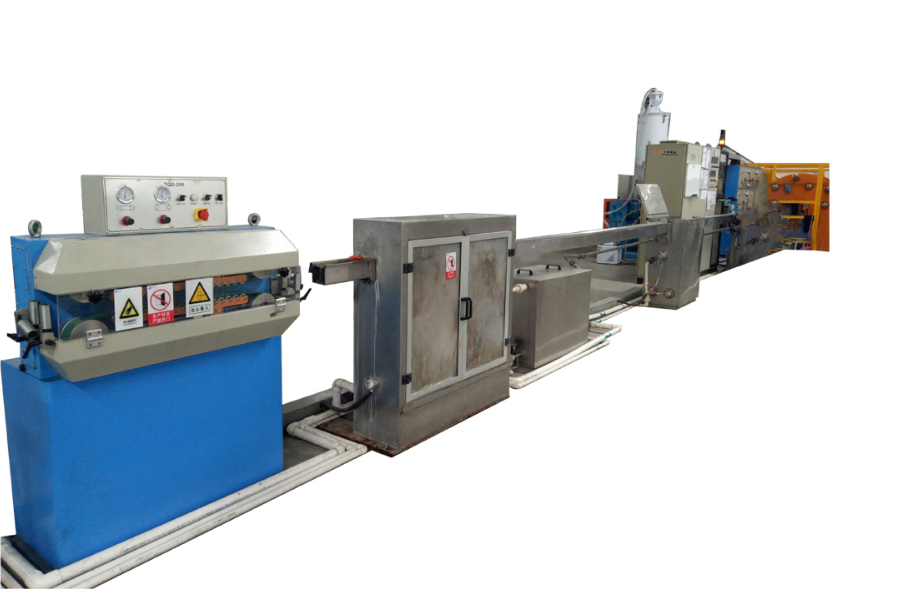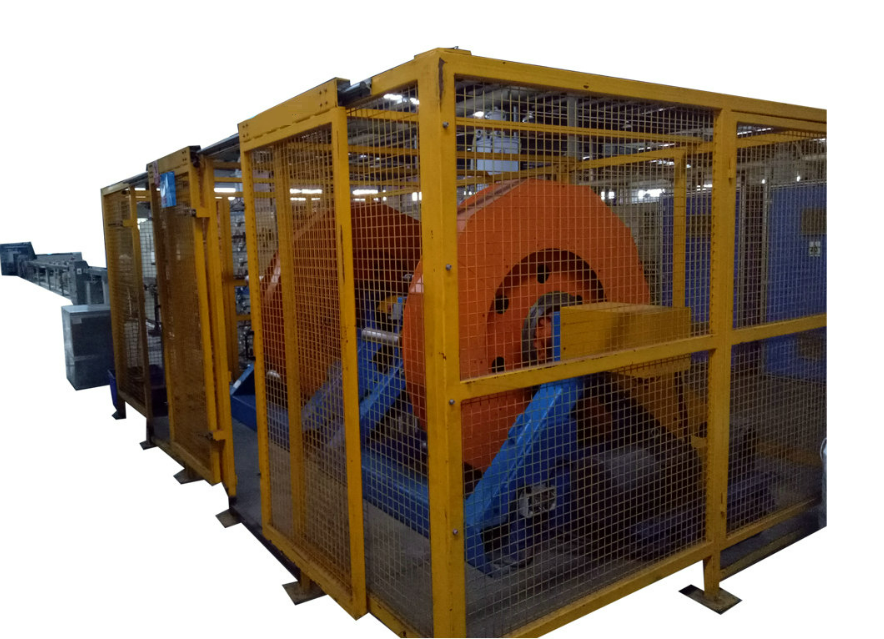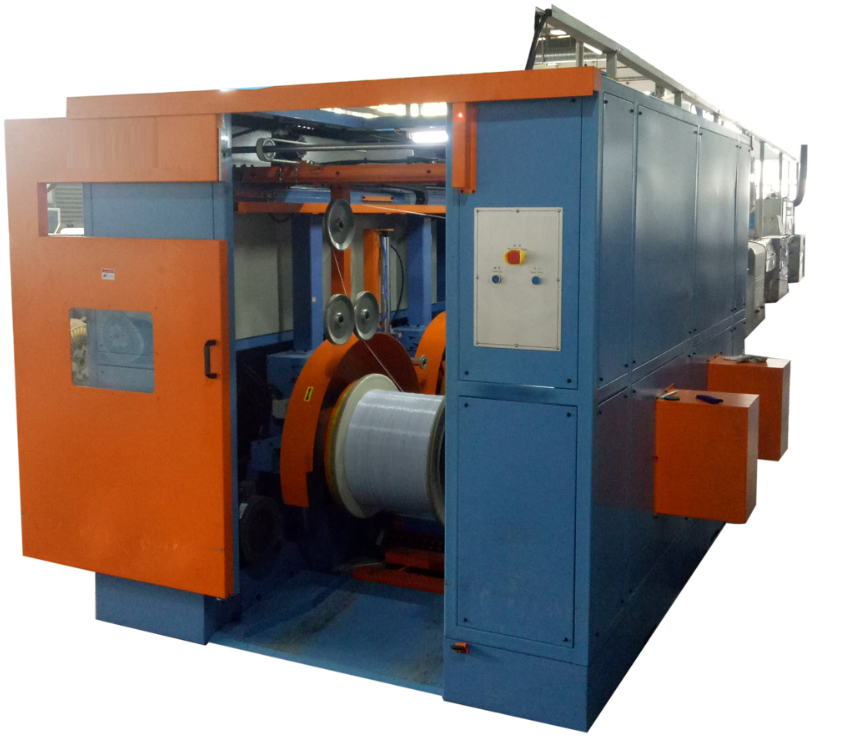Shanghai Gengyun Industrial Co., Ltd
Fiber Optic Ribbon Secondary Coating
The increase in the number of fiber cores in optical cables will lead to a synchronous increase in the structural dimensions, material costs, and pipeline resources of the cables. At the same time, with an increase in the number of cores, a large amount of single fiber splicing is labor-intensive, time-consuming, and labor-intensive, which also reduces the reliability of splicing. The diameter of ribbon fiber optic cables is small, and the fiber density in the cable can be very high. With the mature application of ribbon fiber fusion splicers, the splicing efficiency and reliability have been improved, and the construction cost has been reduced. In scenarios where large core fiber optic cables are required, the application of ribbon fiber optic cables is the best choice.
Fiber optic ribbon cables require protection for ribbon fibers. Like all optical cables, secondary coating is an effective protection method. Although the principle of secondary coating is basically the same, ribbon fibers and discrete optical fibers have different characteristics. The equipment configuration and process of secondary coating production lines need to be adjusted. This section mainly introduces differentiated technical equipment.
| Main Performance Indicators | |||
| No. | Item | Unit | Main Data Sheet |
| 1 | Production line structure speed | m/min | 150 |
| 2 | Process production speed | m/min | 100(max) |
| 3 | Number of fiber optic cable trays | tray | 1~18 |
| 4 | Fiber optic ribbon twisted pitch range | mm | 300~2000 |
| 5 | Fiber optic ribbon tension range | N | (1.5~3.5)±0.05 |
| 6 | Takeup tension range | N | (10~150)±0.5 |
| 7 | Hot water temperature | ℃ | (Indoor Temperature~75)±2 |
| 8 | Cold water temperature | ℃ | (18~23)±2 |
| 9 | Adjustable range of PBT PBT tube excess length | % | (0.5~5)±0.2 |
| 10 | Outside diameter tolerance | mm | ≤±0.1 |
| 11 | Meter error | ‰ | <2.0 |



